While on the beach today working on the Black-legged Kittiwake project, I was truly struck by the number of seabirds that went streaming on by. Several years ago, I drove down to Virginia Beach, VA in January, paid a bunch of money to go on a boat out into the Atlantic Ocean to look for seabirds. We did see some, but I'd be willing to bet that I far saw more in 10 minutes while standing on the beach here on St. Paul Island, than we saw in twelve hours on that boat. Why are all of these birds here?
For one thing, the Bering Sea is an extremely rich marine environment. Those who have followed the PolarTREC teachers on the Healy or the Knorr, have read their wonderful descriptions of just how productive this environment really can be. Blooms of phytoplankton provide food for larger zooplankton, like copepods and Euphausiids, some of these are eaten directly by seabirds like the Least Auklet (see previous journal entry), many more are eaten by the small fish which in turn become food for larger seabirds. Even larger fish provide food for the Northern Fur Seals and Steller Sea Lions.
Serving as the only land mass for hundreds of miles in each direction, right in the middle of one of the most productive eco-systems on earth, has attracted these birds and marine mammals to the Pribilof Islands, probably for thousands of years. Most of these animals migrate from extremely long distances for one purpose, to come here and raise their young. Many have described the Pribilofs as the "Galapagos of the north", because of the diversity and sheer abundance of the animal life here.
I've had a chance to observe some of the offspring of these birds since I've arrived here about 10 days ago and have a couple of pictures to share of some of the young birds and seals that I've had a chance to see. It's difficult to convey the experience of seeing so many birds and seals living on such a relatively small place like St. Paul Island. As I obtain more images of these young animals, I'll be sure to post them in my journal pages.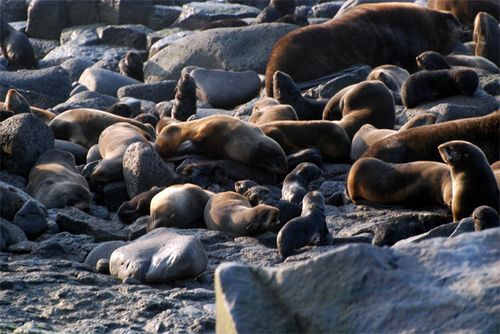
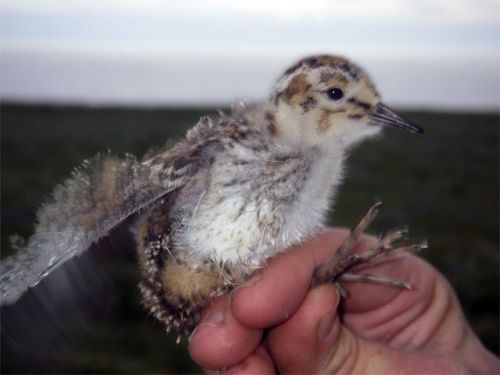
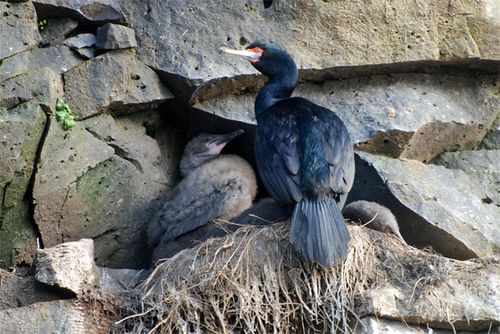
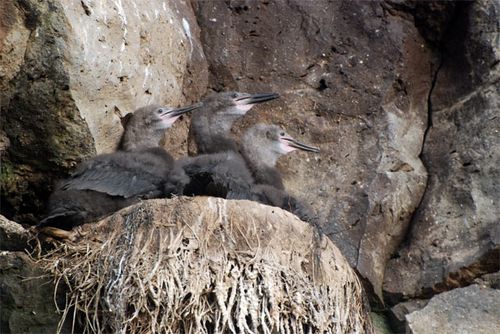
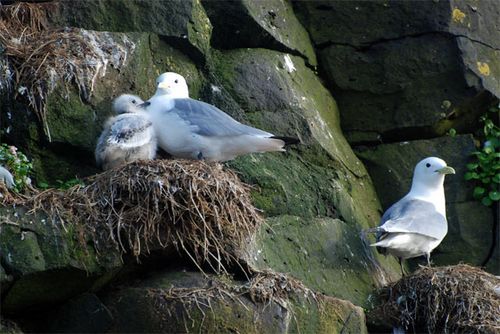
Bird Species seen: Red-faced Cormorant, Harlequin Duck, King Eider, Parakeet Auklet, Least Auklet, Tufted Puffin, Horned Puffin, Thick-billed Murre, Common Murre, Northern Fulmar, Short-tailed Shearwater, Wandering Tattler, Rock Sandpiper, Ruddy Turnstone, Black-legged Kittiwake, Red-legged Kittiwake, Snow Bunting, Lapland Longspur, Gray-crowned Rosy Finch. Mammals: Northern Fur Seal, Harbor Seal, Arctic Fox


Comments